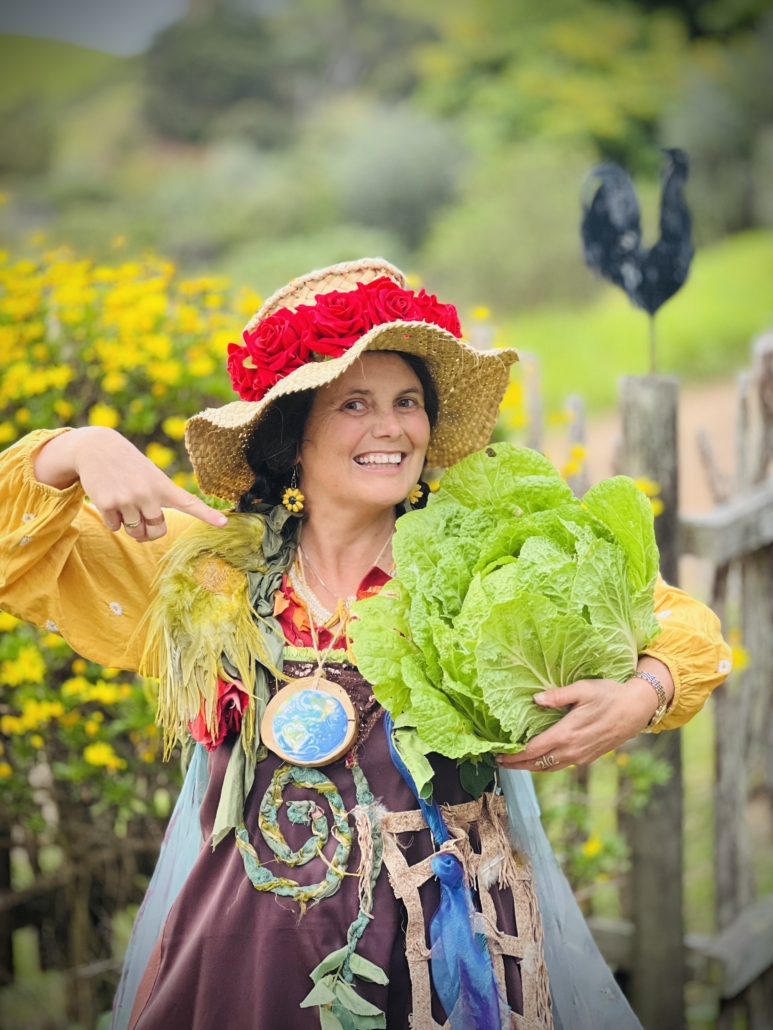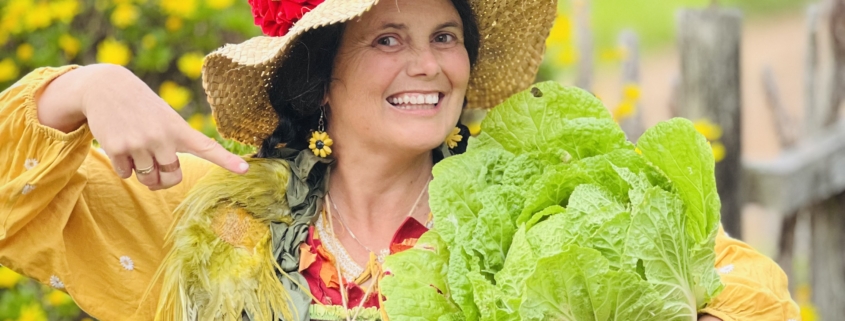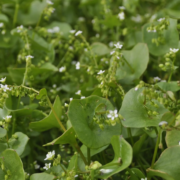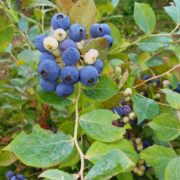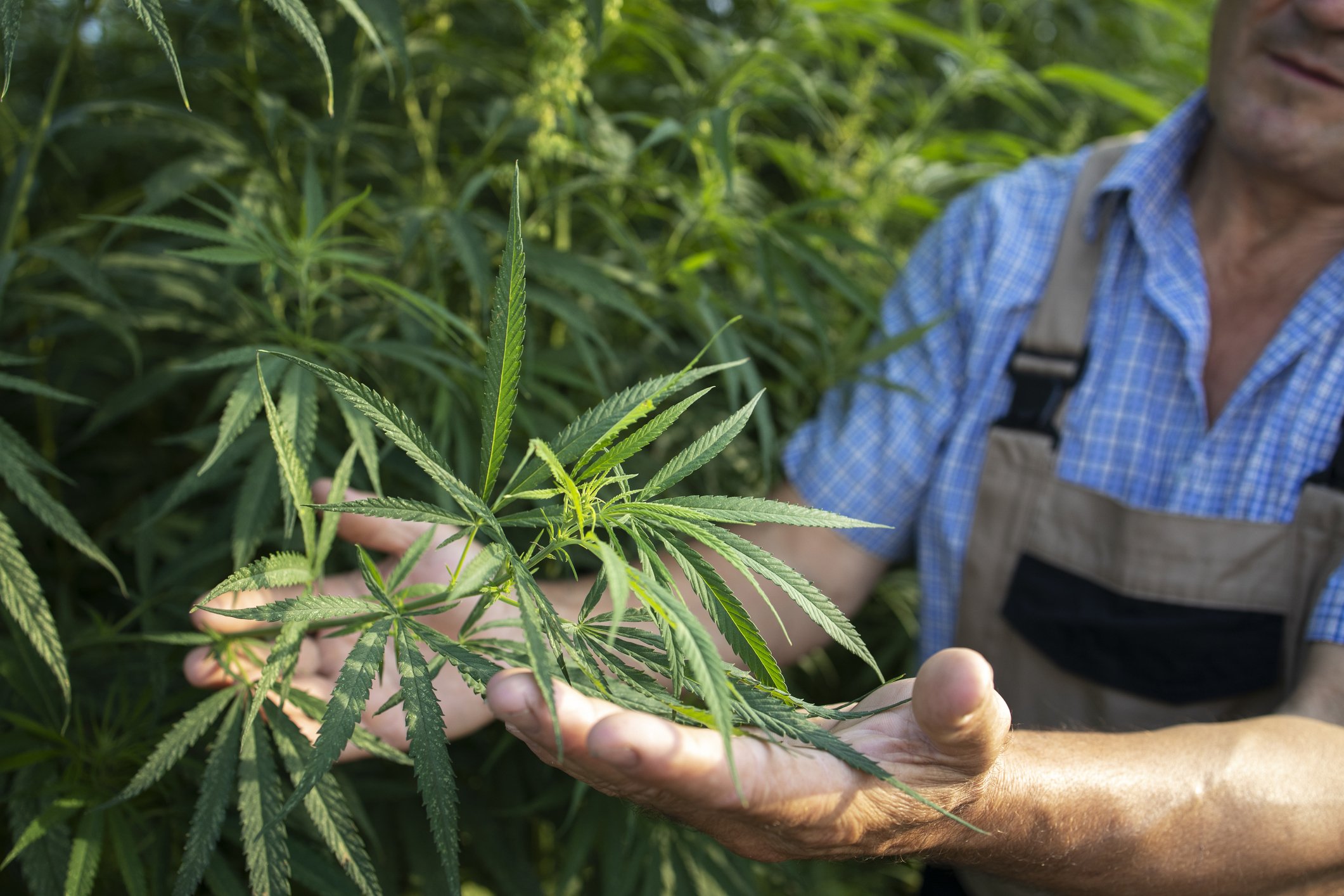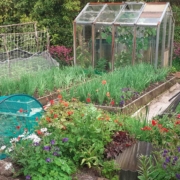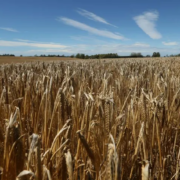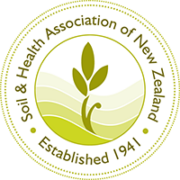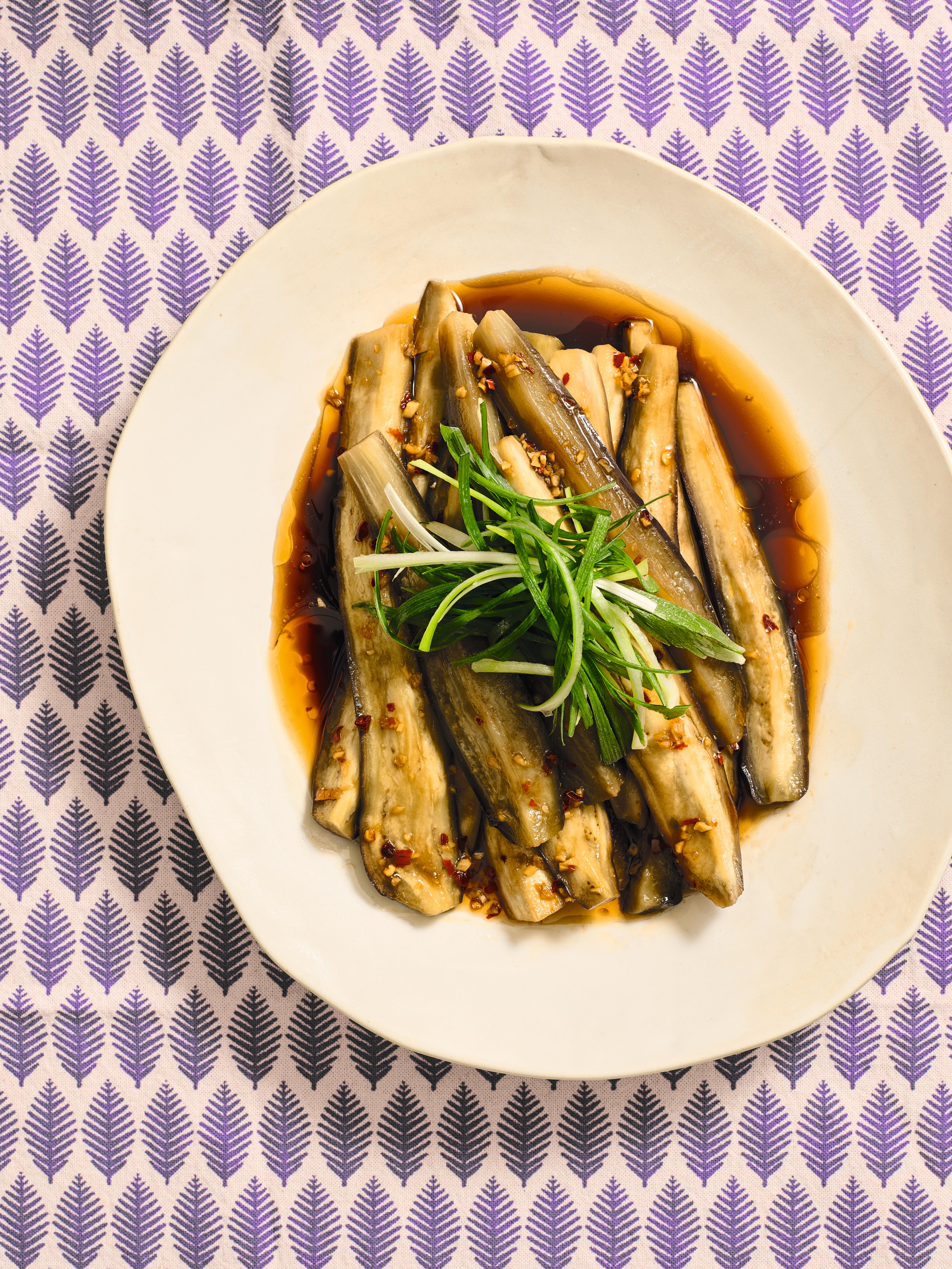Spring into Kōanga!
By Tanya Batt
Tanya Batt shares the story of Spring into Kōanga, a seasonal celebration on Waiheke Island. It’s one of the Kai for Community projects run by the Once Upon an Island Charitable Trust These projects focus on reconnecting with true seasonal celebrations and the stories and traditions around growing, harvesting and sharing food in the Waiheke community.
We hope you enjoy this free article from OrganicNZ. Join us to access more, exclusive member-only content
Egg time!
It’s egg time. Many people often fail to make the connection between eggs, Easter and spring – kōanga. Probably because we celebrate Easter (a northern spring festival) in Australia and New Zealand in autumn.
However if you are lucky enough to have the company of a few chickens, that connection will come as no surprise to you. At this time of year you can be sure of an egg for breakfast. But for many of us, eggs (if you eat them) come from shops and shops always have eggs regardless of the season.
When we lose the connection between our seasons and celebrations, a vacuum is created and celebrations become superficial. Instead of connecting us to our environment, they become focused on what we can buy and how things look, and reverence is often diminished or lost. Upcoming spring Halloween celebrations demonstrate this perfectly.
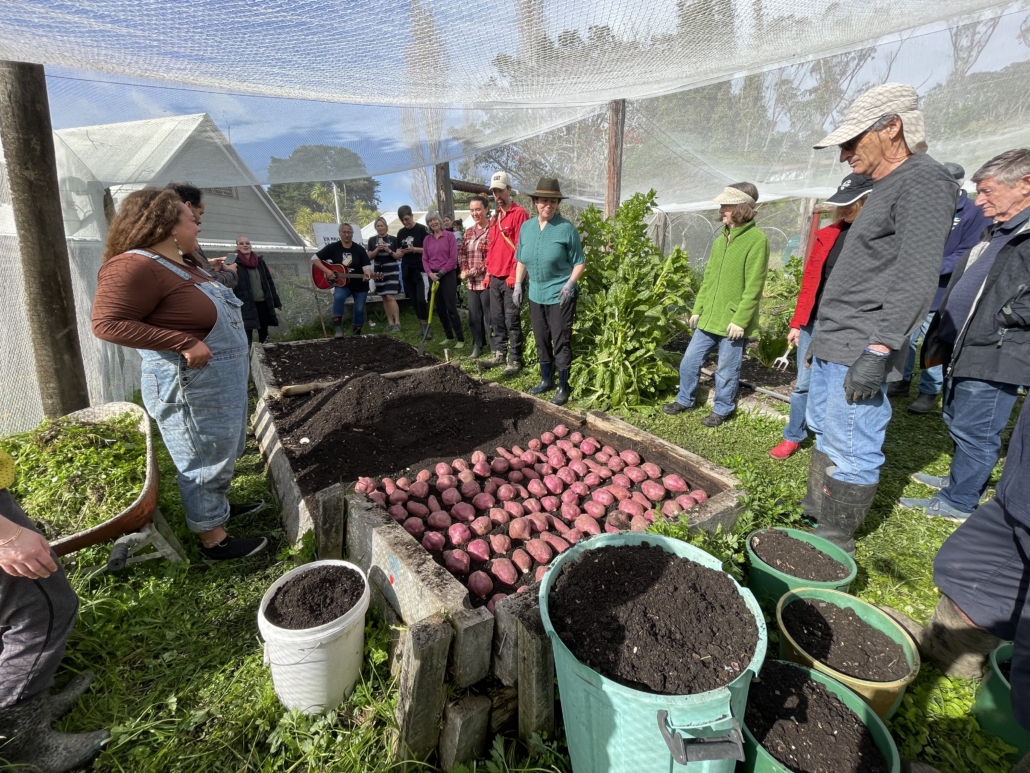
September: Laying the tāpapa beds
Here on Waiheke, we’re seasonally celebrating with Spring into Kōanga – a story in two parts.
The first part took place during September with the return of the pīpīwharauroa (shining cuckoo), in the māra of the Island’s Piritahi Marae, with the laying of the tāpapa beds from which will grow the tipu of the kūmara. These tipu (shoots or slips) will then be sown later in October or early November.
The September event was led by whaea Maikara Ropata, and kaumatua Eugene Behan-Kitto, a master kūmara grower who learnt his growing skills from the late Kato Kauwhata (Ngāpuhi), kaumata and inaugural chairperson of Piritahi Marae. The hope is to grow enough tipu this kōanga, for both the marae māra and other community garden groups, and activate island wide uptake of growing kūmara.
Growing stories and kākano (seed) for the hue (gourd) were also shared in an informal kōrero about this treasured plant – another early arrival bought by the tipuna of tangata Māori. When young, the fruit of this plant can be eaten but as a dried mature fruit it was used a storage vessel, musical instrument and taonga. The day finished with a kōrero given by Mike Smith, a climate activist who has recently won the right to take several large companies in New Zealand to court for failure to curtail their carbon emissions.
Kūmara was the first cultivated crop grown in Aotearoa. Its legacy as a primary food source of the people of this country stretches back several hundred years. The māra kūmara falls under the domain of Rongo-mā-Tāne, the atua of cultivated food and of peace.
October: Pumpkins, corn, tomatoes and more
Our second event was held on the grounds of another of our community gardens – the Surfdale food forest – on 20 October. The programme included a talk about growing tomatoes with one of our green-fingered gurus, Eddie Welsh, seasonal kai ideas from the Waiheke Home Grown Trust, a spring posy competition, egg decorating and plant giveaways for the summer garden.
The focus was on two plants in particular: pumpkins and corn. Both plants originate from the Americas, their cultivation extending back thousands of years.
There are lots of traditions and stories associated with corn. In Europe, a ‘corn mother’ or ‘the old woman’ or ‘corn dolly’ was made out of corn (though corn was a generic word used for grain). The corn dollies were kept in the barn to protect the crops during winter, and then ploughed into the ground come spring to ensure a good harvest.
This tradition resonates strongly with another story of corn, which is told by a number of North American First Nations people from the eastern and south-western areas, where from the first mother’s body grew the first maize plants.
Attendees were given free pumpkin seedlings and corn seed, accompanied by a story and a song and were encouraged to bring their harvests to the Autumn Kai for Community Waiheke Food Festival in April 2025. The pumpkin seedlings were germinated by the students of the Waiheke Primary School’s Garden to Table programme. This programme was also the source of the pink popping corn seed that will be distributed for growing over summer, again culminating in a island-wide ‘pop-a-thon’ in autumn.
A primary focus of the Kai for Community programme is to excite and support families to grow food at home, fostering the green hearts and fingers of young children. Both Spring into Kōanga events have been generously supported by the Waiheke Local Board and are part of the Waiheke Island Climate Action plan.
The relationship we have with the land we live on, the food we grow and eat and each other are the cornerstones of wellbeing. Celebrating our seasons brings these three important things together and helps create healthy and happy hapori (communities).
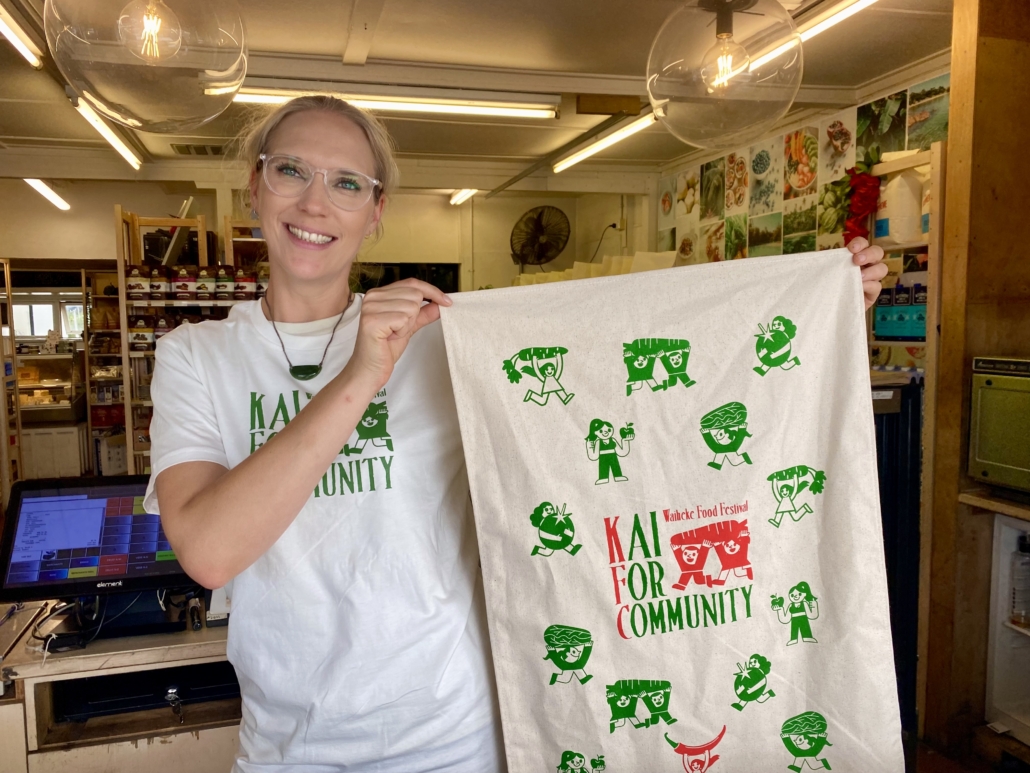
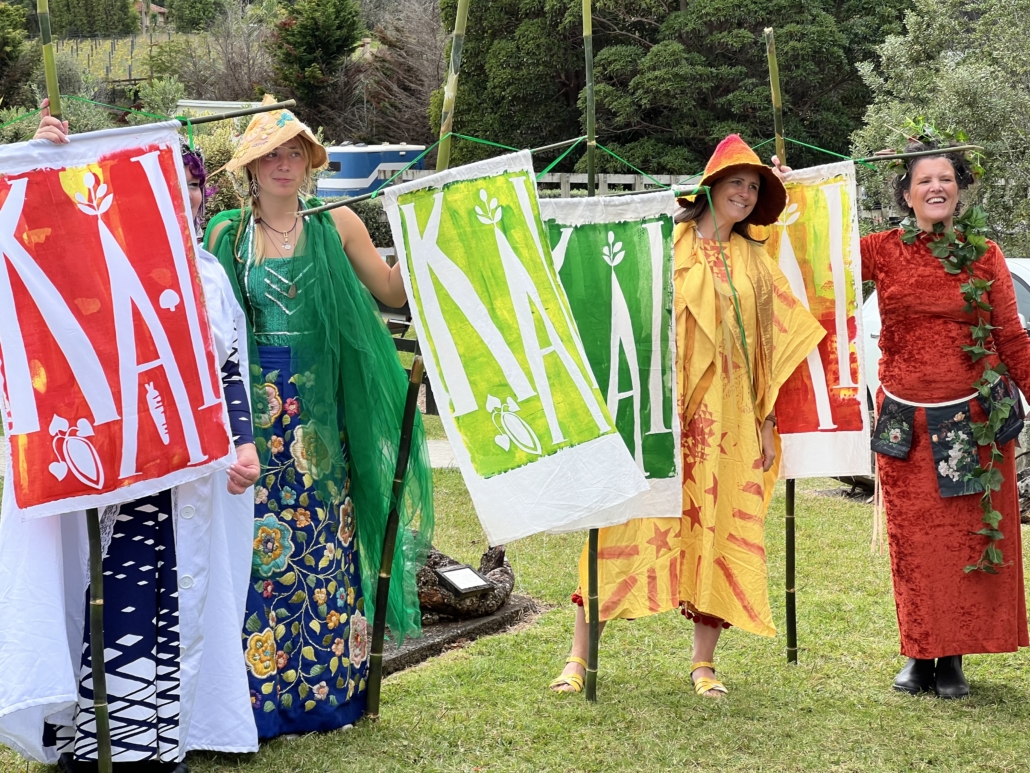
Tanya Batt is a word warbler and seed sower living on Waiheke Island. Her two passions – storytelling and gardening – have found a happy union in the work she does as a storytelling gardener at a local school and through her role as creative director of the Once Upon an Island Charitable Trust’s Kai for Community (KFC) projects.
